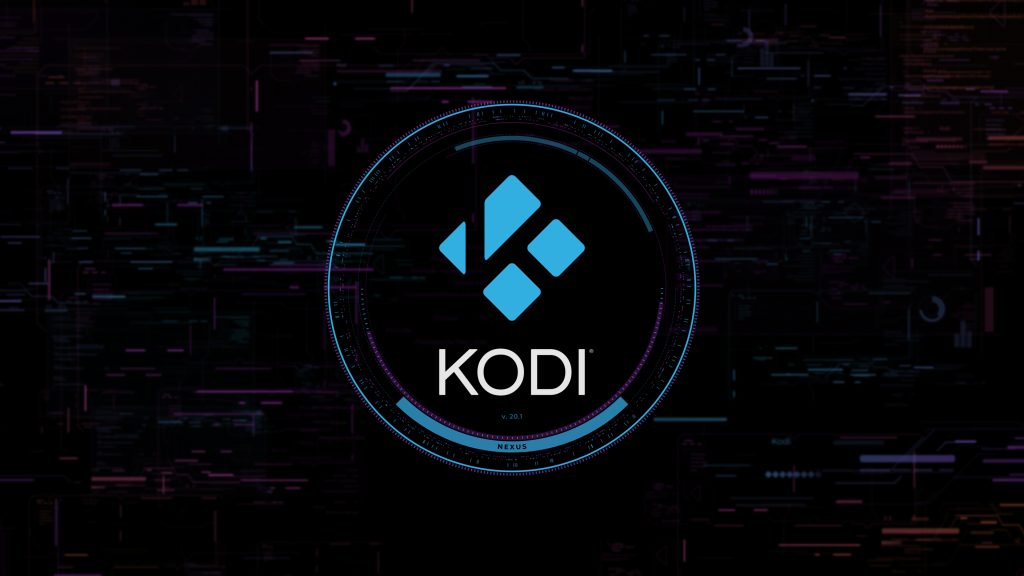The stable version of Kodi 20 Nexus is available for all compatible operating systems on the official Kodi website. We will look at the exciting new features of this version, and most importantly, how to download and install it on your devices.
As we can see, the new version of Kodi, v20 Nexus, doesn’t have many changes to its appearance. This suggests that the developers are content with the Estuary theme and don’t intend to change it much.
Fortunately, there are versions of Kodi 20 Nexus available for Windows in 32-bit and 64-bit formats. Additionally, there are Android versions in both ARM V7A and ARM V8A formats, ensuring greater compatibility with different devices, including Shield TV or similar.
Kodi 20 Nexus new functions at a glance
It’s essential to note that Kodi is open-source and non-commercial software that anyone can use for free. Developers contribute their free time to improve the media centre and add new features.
Kodi 20 Nexus has over 4600 changes compared to its predecessor, Kodi 19 Matrix. The primary enhancements and new features include AV1 hardware decoding for Android and Linux, a redesigned PVR for Live TV/IPTV, significant security improvements, several new convenience functions, and improvements in subtitles.
In addition, Kodi 20 Nexus now supports the Apple M1 processor on macOS, has HDR support on Windows, and includes support for the built-in Steam Deck Controller. Lastly, a score manager for Kodi Retroplayer (retro games) has been added to the new version.
Impact on Kodi addons
The transition from Kodi 18 Leia to Kodi 19 Matrix made many add-ons unusable due to a change in the background. Addons for Kodi are written in Python, and Kodi 18 used Python version 2, while Kodi 19 switched to Python 3. This caused many add-ons to be reprogrammed or redeveloped, resulting in long wait times.
Updating Kodi 19 to Kodi 20 Nexus also requires addon adaptation, but the programming effort should be less significant. Kodi 20 Nexus continues to use Python 3, and many popular add-ons are likely already available for this new version of Kodi. Therefore, it’s not expected to have the same issues as the previous version jump.
Kodi 20 Nexus main features
Multiple instances of binary add-ons
Kodi 20 Nexus allows the loading of multiple instances of a binary add-on. This enables TVHeadend users to connect to multiple TVHeadend backend servers, with individual settings for each instance of the add-on. AlwinEsch developed much of this feature with support from ksooo.
While your favourite binary add-on may not yet support this feature, we hope addon developers introduce it soon.
Video support AV1
Kodi 20 Nexus now supports hardware decoding of AV1 media on multiple platforms. The Inputstream API has been updated to support AV1, allowing add-ons that use inputsream.adaptive to play AV1 streams.
Subtitle makeover
The subtitle system in Kodi 20 Nexus has been significantly reworked by developer @CastagnaIT. This has made subtitle formats more consistent, enabled new features, and improved maintenance. Kodi now supports dynamic font placement, better multilingual support, and more customizable subtitle options. If you frequently use subtitles, be sure to check out these improvements.
Support for games
@NikosSiak’s GSOC 2020 project has been merged into Kodi after some tweaks with the help of @VelocityRa, @gusandrianos, and @garbear. This new feature allows gamers to save their game state anytime, even for games without native save features. It’s a great addition for gamers using Kodi.
HDR support for Windows
@thexai has implemented full HDR support for the Windows Desktop platform, including improvements in the Windows video pipeline (DXVA/2). However, HDR is not available on non-desktop versions like UWP Store (Xbox). Additionally, improvements have been made to allow for more accurate tonemapping by ACES Filmic and HABLE, which enhance the appearance of SDR video. These features have been implemented for both UWP and Desktop versions of Kodi.
NFSv4 support
@lrusak implemented changes to add support for NFSv4, which was not previously supported. However, users must explicitly select NFSv4 or NFSv3 as a source. Give it a try!
Context menu consistency
@ksooo made several improvements to the right-click/long-press context menu, making it more consistent across different windows and adding new features, such as playing albums directly from widgets and resuming series.
Behind the scenes
Although most changes are not visible to users, they improve Kodi’s stability, performance, and security. We made API changes to improve add-ons and skinning features. Updates were made to Kodi dependencies on all platforms, and fixes due to the regular use of static code analysis tools were implemented. Database migration fixes were also introduced. To learn more, check out the Nexus Alpha to RC2 release announcements and GitHub changelog.
Kodi 20 Nexus Download
Kodi 20 Nexus has been available as the final version since January 2023. The software can be downloaded from the official Kodi homepage in just a few clicks.
Visit the Kodi download page, scroll down to the “Select Your Platform” section and select the appropriate platform you wish to use Kodi on. Different variants may then be displayed, for example in 32-bit and 64-bit.
install Kodi 20 Nexus on your device
The great thing about Kodi is that it’s available for just about every platform you can imagine, including Windows, macOS, Linux, Android, iOS (jailbroken devices only ), Raspberry Pi, and more.
You can head over to the official Kodi download page, where you can download a build for any of the platforms mentioned above.
To install Kodi on your device, you can follow the guide corresponding to your system, which will also explain the possible problems you may have on each system or device:
- How to install Kodi on Windows
- How to install Kodi on Amazon Fire TV Stick
- How to install Kodi on Android TV
- How to install Kodi on Chromebook
- How to install Kodi on Apple TV
- How to install Kodi on Linux
- How to install Kodi on macOS


